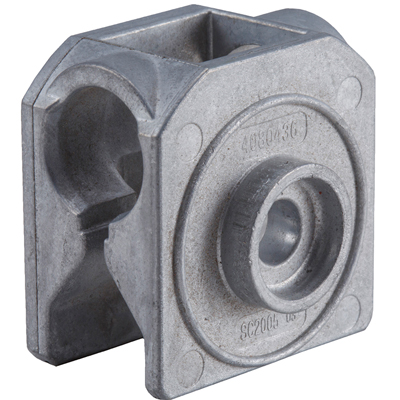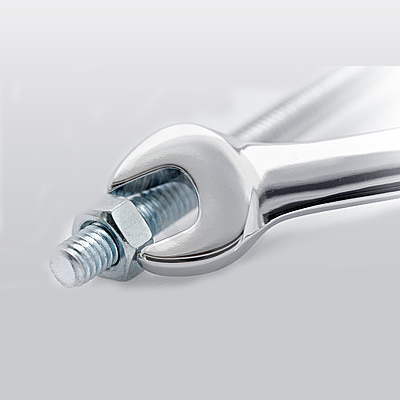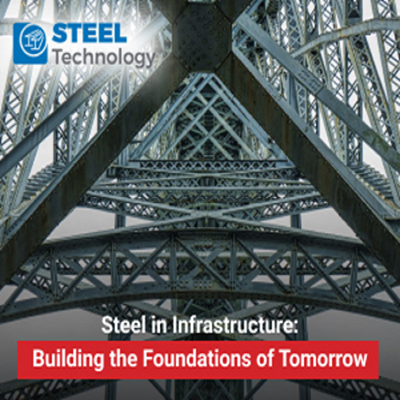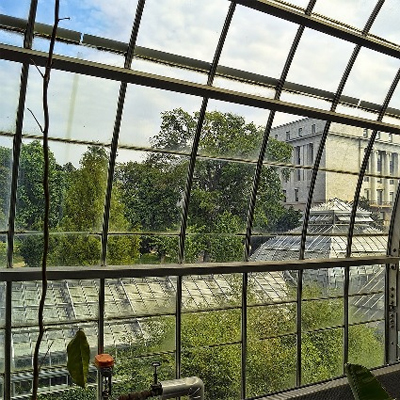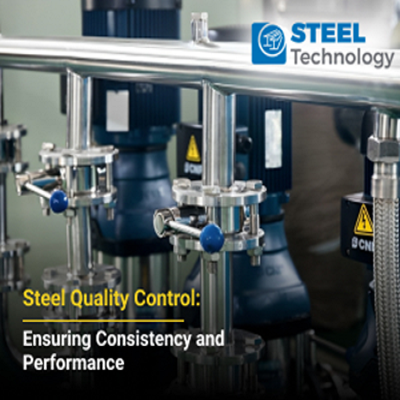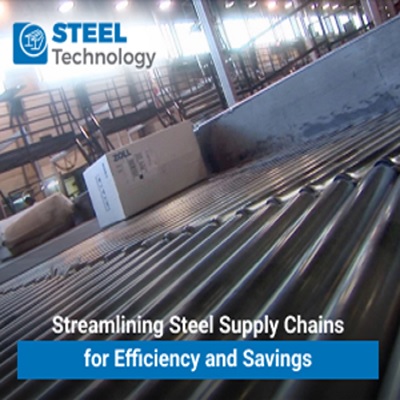Prolonging Lifespans and Reducing Costs: Breakthroughs in Corrosion Resistance Technologies for Steel Products

The durability and maintenance costs of steel products in diverse industries face a formidable challenge from corrosion. However, recent years have witnessed remarkable breakthroughs in corrosion-resistant coatings and technologies, presenting businesses with fresh prospects to prolong material lifespan and curtail maintenance expenses. This article delves into the most recent advancements in corrosion resistance technologies for steel, examining their applications, advantages, and potential implications for businesses.
Nanotechnology for Corrosion Protection:
Nanotechnology stands out as a revolutionary catalyst in bolstering the corrosion resistance of steel structures. Leveraging the distinctive attributes of nanoscale materials, cutting-edge coatings have been formulated to offer unparalleled protection against corrosion. At the heart of this innovation are nano-sized inhibitors, strategically deployed at the molecular level to disrupt the corrosion process. The infinitesimal dimensions of these inhibitors contribute to the creation of a highly efficient barrier, effectively shielding the steel surface from the deleterious effects of corrosive elements.
Real-world applications of nanotechnology in steel protection abound, with success stories spanning diverse industries. In marine environments, where corrosion is particularly challenging, nanotech coatings have demonstrated exceptional performance by significantly extending the lifespan of steel structures such as bridges, offshore platforms, and ship hulls. The adoption of nanotechnology in protecting steel is not merely theoretical but a practical solution contributing to the longevity of critical infrastructure across the globe.
Innovative Coating Materials and Processes:
The realm of corrosion protection for steel has witnessed a revolutionary shift with the exploration of cutting-edge materials and processes. Among these, graphene-based coatings, polymers, and ceramic compounds have emerged as frontrunners, offering unparalleled corrosion resistance. Graphene, with its remarkable strength and conductivity, serves as a formidable shield against corrosion, while polymers and ceramics contribute to durable and effective protective layers.
| Also Read: Corrosion-Resistant Steels: Innovations and Applications |
Novel coating processes have accompanied these material breakthroughs, showcasing adaptability across diverse environments—from the corrosive challenges of marine settings to the demanding conditions of industrial facilities. These innovative coatings have proven their efficacy in real-world applications through compelling case studies. In marine environments, where corrosion is a constant threat, graphene-based coatings have demonstrated exceptional longevity for submerged structures, such as offshore rigs and ship components.
Similarly, in industrial settings, the application of advanced polymers has resulted in corrosion-resistant surfaces, ensuring the durability of equipment and infrastructure. These success stories underscore the transformative impact of innovative coating materials and processes in safeguarding steel assets across various industries.
Self-Healing Coatings: A Game-Changer:
Self-healing coatings represent a groundbreaking advancement in corrosion protection for steel, offering an autonomous response to minor damages and a formidable deterrent against corrosion spread. The innovative concept involves the incorporation of microcapsules or other reactive components within the coating, which rupture upon detecting damage, releasing healing agents to repair the affected area. This autonomous repair mechanism not only minimizes maintenance requirements but also significantly extends the lifespan of steel products.
Self-healing coatings emerge as a revolutionary game-changer within the industry, presenting the potential for significant cost savings through diminished maintenance needs and enhanced structure durability. While the advantages are promising, the integration of self-healing technologies into mainstream industrial practices encounters challenges, including issues of scalability, compatibility with existing coating processes, and the imperative for rigorous testing to guarantee reliability. Nevertheless, ongoing research and development endeavors aimed at overcoming these hurdles inspire confidence in the promising prospects of self-healing coatings. They stand as a transformative solution for businesses seeking both sustainable and cost-effective measures for corrosion protection.
Environmental Impact and Sustainability:
The environmental impact of corrosion-resistant technologies is gaining increasing scrutiny, prompting a comprehensive analysis that extends beyond their protective capabilities. This scrutiny involves assessing factors such as recyclability and the use of eco-friendly materials in these technologies. As industries seek sustainable practices, the adoption of corrosion-resistant solutions that align with environmental consciousness has become imperative.
Companies at the forefront of this movement are showcasing their commitment to sustainability through the incorporation of eco-friendly materials in corrosion-resistant coatings and a focus on recyclability. By intertwining corrosion resistance with environmental responsibility, these companies not only contribute to the preservation of natural resources but also bolster their corporate social responsibility initiatives.
The positive effects are far-reaching, enhancing the reputation of these businesses and signaling a broader industry shift towards environmentally conscious corrosion protection practices.
Cost-Benefit Analysis for Businesses:
A comprehensive cost-benefit analysis reveals that businesses stand to gain substantially from the adoption of advanced corrosion resistance technologies. While the initial investment in cutting-edge coatings may appear significant, the long-term savings accrued through reduced maintenance costs and extended product lifespans significantly outweigh these upfront expenses.
Corrosion-resistant technologies, such as innovative coatings and self-healing materials, minimize the need for frequent inspections and repairs, resulting in tangible reductions in maintenance expenditures. Moreover, the extended lifespan of steel products translates into prolonged operational efficiency and delayed replacement cycles. Businesses can thus capitalize on enhanced durability and reduced downtime, contributing to overall operational cost savings.
The upfront financial commitment to incorporating advanced corrosion resistance measures becomes a strategic investment with enduring returns, positioning companies for sustained success and resilience in the face of corrosion challenges.
Regulatory Landscape and Compliance:
Navigating the regulatory landscape surrounding corrosion-resistant technologies is paramount for businesses seeking to implement effective protection measures for their assets. The industry is subject to various standards and certifications aimed at ensuring the efficacy and safety of corrosion-resistant solutions. Understanding and adhering to these regulatory frameworks is crucial for compliance. Businesses should stay informed about international and regional standards governing corrosion protection, encompassing aspects such as coating performance, environmental impact, and occupational health and safety.
Companies should seek certifications from recognized bodies to validate the effectiveness and environmental sustainability of their chosen corrosion-resistant technologies. By prioritizing compliance with these regulations, businesses not only mitigate potential legal risks but also demonstrate their commitment to responsible and sustainable practices, building trust with stakeholders and enhancing their reputation within the industry.
Conclusion:
As businesses grapple with the persistent challenges posed by corrosion, it becomes vital to stay abreast of the newest developments in corrosion-resistant technologies. The integration of these advancements allows companies not only to extend the longevity of their steel products but also to achieve substantial cost savings through reduced maintenance and heightened durability. By enthusiastically adopting these innovations, businesses position themselves at the forefront of industry standards, contributing to a future characterized by sustainability and resilience.





